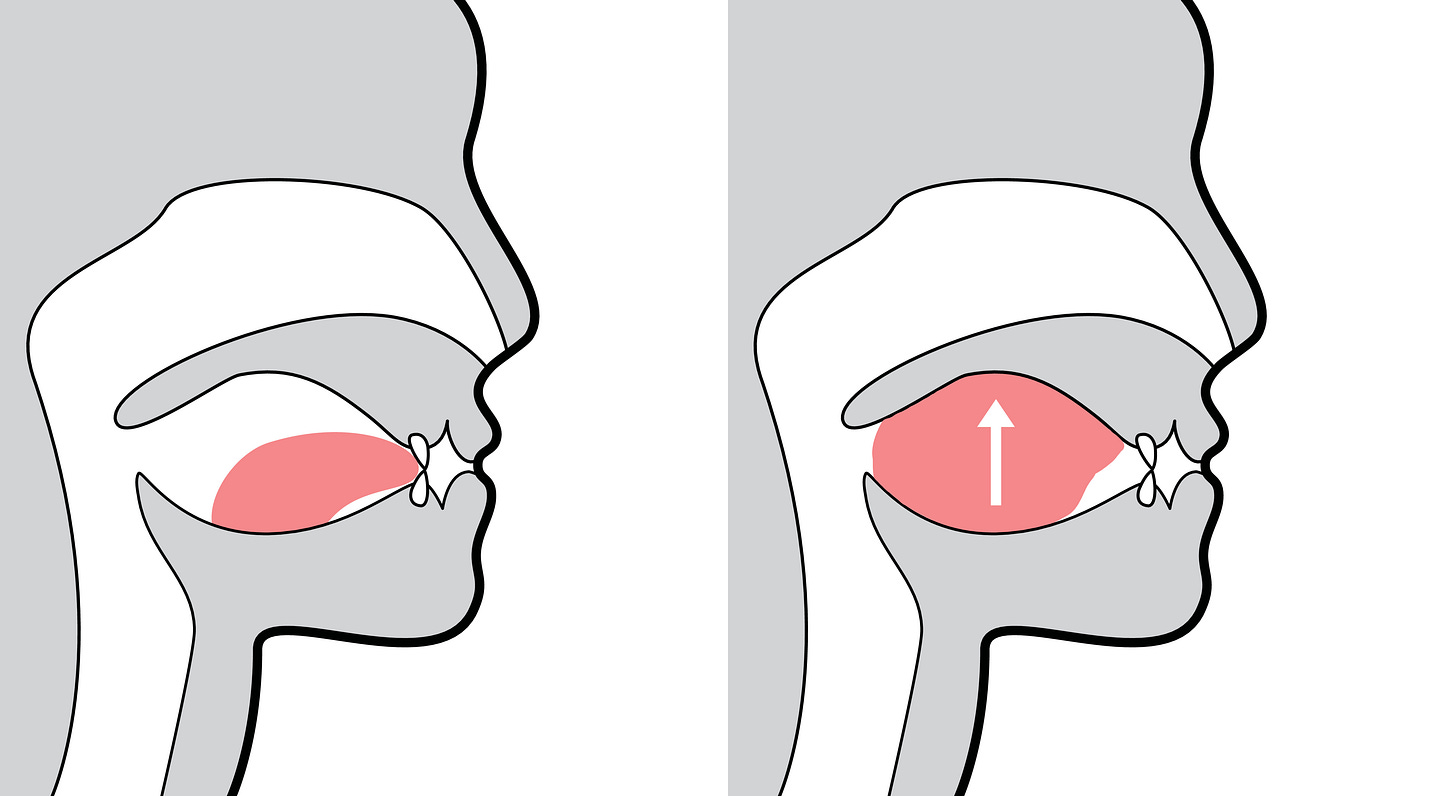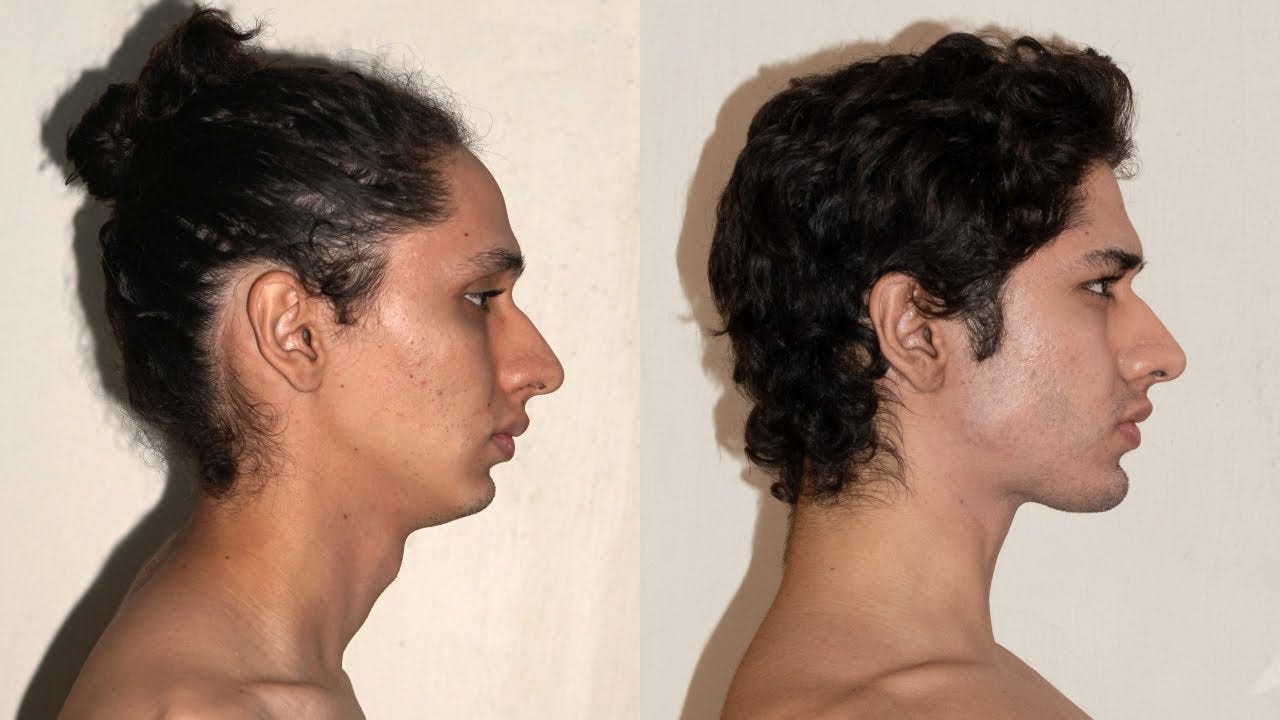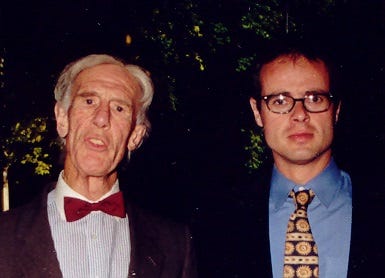This is the first chapter of Part 2: The Role of Mewing in Expansion — After Puberty, It’s Necessary but Not Sufficient. See the full Table of Contents here.
The Middle Way with Mewing

What role does Mewing play in jaw expansion?
Can adults expand their jaws simply by adopting new facial habits, without the help of an orthodontist and oral surgeon?
If so, that would be very convenient, as we would have a free, all-natural, minimally invasive method for rebuilding our faces.
Or perhaps the opposite is true. Is Mewing totally useless for adults? Should we not even bother because as adults our bones are “fused up” and we are “done growing”?
The answer is somewhere between both extremes.
Later, I will argue for a Middle Way that suggests that while Mewing cannot grow bone in adults, it is still necessary for bone maintenance, and for the development of soft tissues in the face, head and neck.

In this chapter, I will provide a theoretical, scientific context for the practical discussion of Mewing which will follow.
The thesis of this chapter is that Mewing is best understood as the epigenetics of facial development.
The Mews vs Mainstream Dentistry

At the beginning of Part 1, we mentioned that the world is suffering from a “small jaws” epidemic. But what has caused this epidemic?
For a long time, the official position of organized dentistry in the U.S., the U.K. and beyond has been that small jaws and crooked teeth are inherited. Hard stop.
As Kahn and Ehrlich put it, the traditional view is that malocclusion is caused by “inheriting dad’s giant teeth and mom’s dainty jaws.”



